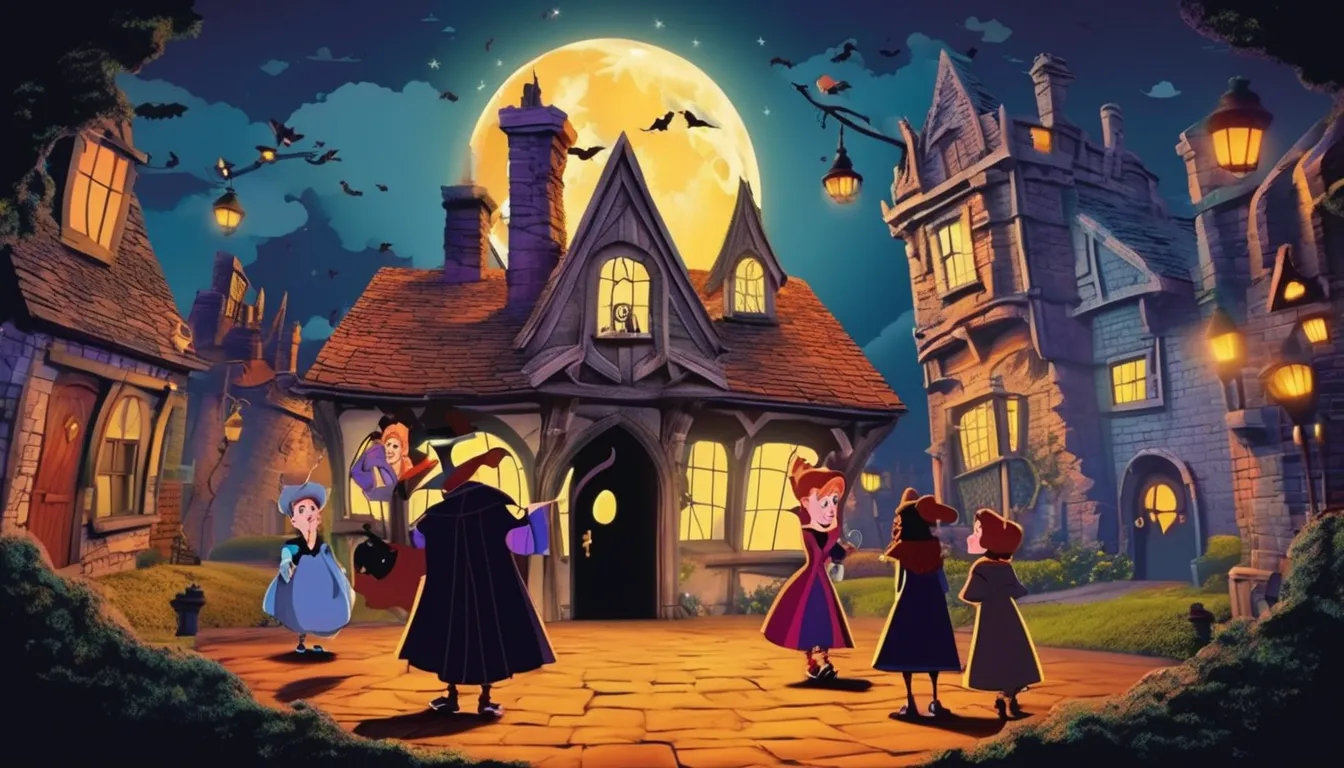
You likely associate animation studios with childhood cartoons, but that’s only scratching the surface. Modern studios have grown and diversified, pushing the boundaries of storytelling, art, and innovation. They’re experimenting with new techniques in film and television, crafting immersive experiences in virtual reality, and making significant contributions to live-action productions through visual effects. You might be surprised to learn about the complex, adult-oriented series that are tackling mature themes, or the diverse storytelling formats that are redefining the medium. What else can these studios do, and how far can they stretch the definition of animation?
Expanding the Definition of Animation
As you delve into the world of animation, you’ll discover that the traditional definition is rapidly evolving. It’s no longer just about cartoons, but a diverse range of mediums that cater to different tastes and age groups.
You’ll notice that animation studios are experimenting with new styles, techniques, and formats to push the boundaries of storytelling.
You’ll find that some studios focus on creating immersive experiences through virtual reality (VR) and augmented reality (AR) animation. Others are producing stunning CGI (computer-generated imagery) films that transport you to new worlds. Meanwhile, some studios are preserving traditional techniques like stop-motion and hand-drawn animation, while others are incorporating live-action elements into their productions.
As animation continues to evolve, you’ll see studios catering to specific niches, such as educational content, video game cutscenes, and even commercials. With the rise of streaming platforms, studios now have more opportunities to showcase their work, allowing you to explore the diverse offerings of the animation world.
Adult-Oriented Animated Series
You’ll often find yourself binge-watching adult-oriented animated series, laughing, and occasionally reflecting on the deeper themes they tackle. These series have become increasingly popular, offering complex characters, storylines, and humor that resonate with adult audiences.
Shows like ‘Rick and Morty,’ ‘BoJack Horseman,’ and ‘South Park’ have pushed the boundaries of animation, exploring mature themes like existentialism, mental health, and social commentary.
As you delve into these series, you’ll notice the writers’ ability to balance humor with poignant moments, making the viewing experience both entertaining and thought-provoking.
The characters are multidimensional, with flaws and quirks that make them relatable. The animation styles, too, are diverse, ranging from traditional techniques to cutting-edge computer-generated imagery.
The success of adult-oriented animated series has also led to more experimentation in the medium.
Creators are now more willing to take risks, exploring new genres, styles, and themes. This shift hasn’t only expanded the definition of animation but also attracted new audiences who appreciate the complexity and depth these series offer.
As a result, the world of animation continues to evolve, catering to a broader range of viewers and pushing the boundaries of storytelling.
Visual Effects in Live-Action Films
With the advent of computer-generated imagery (CGI), visual effects have become an integral part of live-action films. You’ve likely marveled at the stunning visuals in blockbuster movies, from epic battles to breathtaking landscapes.
Animation studios play a significant role in creating these effects, using their expertise to bring scripts to life.
When working on live-action films, animation studios collaborate closely with directors and producers to understand their vision.
They then use a range of techniques, including 3D modeling, texture mapping, and lighting, to create the desired visual effects. This might involve generating realistic explosions, crafting intricate characters, or designing entire worlds.
As technology advances, the line between live-action and animation continues to blur.
Animation studios are now often involved in every stage of the filmmaking process, from pre-production to post-production.
By combining their expertise with live-action footage, studios can create immersive and engaging cinematic experiences that captivate audiences worldwide.
Animation in Virtual Reality
The realm of animation isn’t limited to two-dimensional screens; it’s also revolutionizing the world of virtual reality (VR).
As you step into a VR world, you’re immersed in a fully interactive environment where animation plays a crucial role. Animation studios are leveraging their expertise to create stunning VR experiences that transport you to new dimensions.
From immersive games to interactive stories, animation in VR is pushing the boundaries of what’s possible.
Here are some ways animation studios are utilizing VR:
- Developing interactive characters that respond to your actions and emotions
- Creating immersive environments that simulate real-world experiences, such as exploring cities or hiking through mountains
- Designing intuitive interfaces that allow you to manipulate objects and interact with virtual worlds
- Crafting engaging narratives that unfold through interactive storytelling
- Experimenting with new formats, such as 360-degree animation and spatial audio
Diverse Storytelling Formats
Innovative animation studios are constantly pushing the boundaries of storytelling, experimenting with diverse formats that captivate and engage audiences. As you explore the world of animation, you’ll find studios that blend traditional techniques with modern styles, creating unique narrative experiences.
Some studios focus on serialized storytelling, releasing episodes that build upon each other, while others create immersive, interactive experiences that put you in the driver’s seat.
You’ll also discover studios that specialize in anthology series, featuring standalone episodes with distinct styles and themes. These formats allow for greater creative freedom, enabling studios to experiment with different genres, tone, and pacing.
Additionally, some studios are incorporating live-action elements into their animated productions, blending the two mediums to create something entirely new. By embracing diverse storytelling formats, animation studios are able to cater to a wide range of audiences, offering something for everyone.
This willingness to experiment and innovate is what sets the animation industry apart from other forms of entertainment.
Conclusion
As you’ve seen, modern animation studios are redefining the medium. They’re not just creating cartoons; they’re pushing boundaries in film, TV, and virtual reality. You’ve witnessed their innovative styles, complex adult series, and immersive storytelling. They’re also enhancing live-action films with visual effects and exploring diverse formats. It’s clear that b2b video production studios have evolved, offering a rich and diverse range of creative endeavors that will continue to captivate audiences in years to come.
